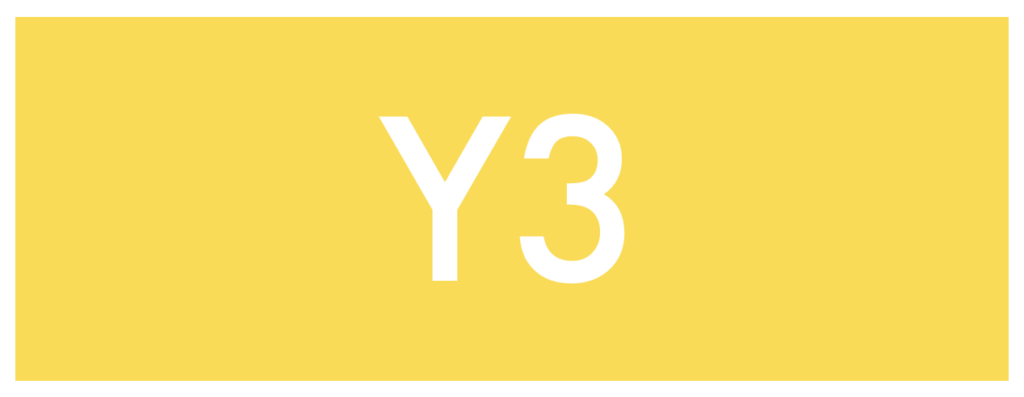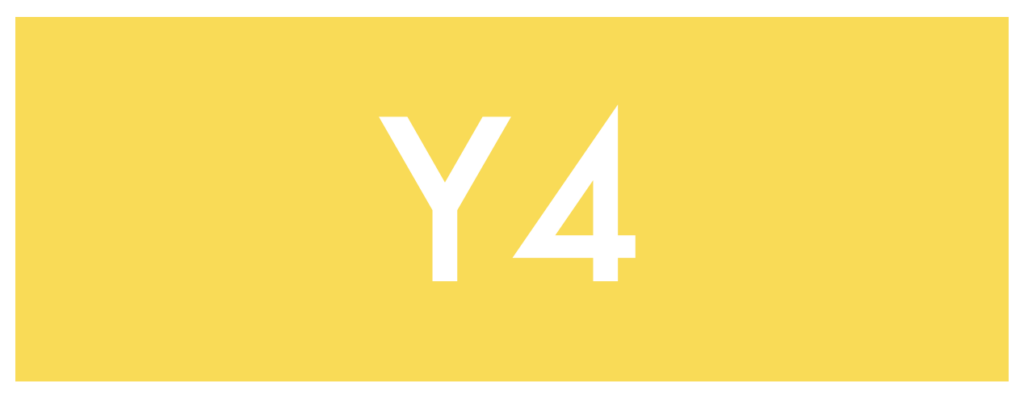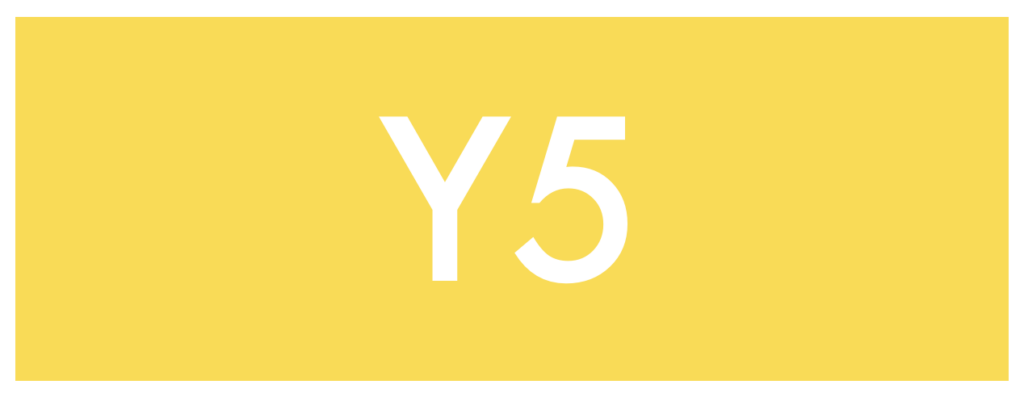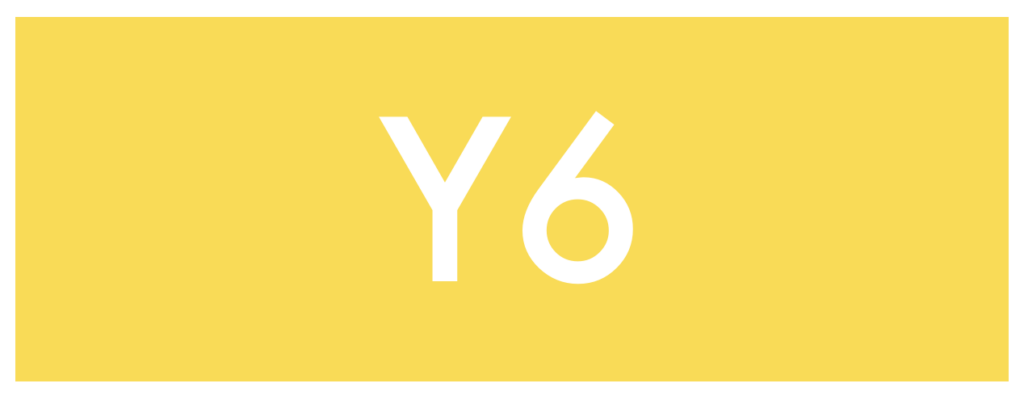You may have already seen the extensive resources to help teachers and children develop an embedded approach to digital skills, and therefore agency, in the classroom. But what does it look like in a year long plan? Here are the example grids for what it looks like in KS2 in each Year Group. It is not set in stone, none of the Computing Curriculum is, but focusses on a clear progression year to year with time and opportunity to develop the skills learned in context….like real learning……
Click on your year group below:
We would strongly advise a quick skim read of the ‘rationale’ for the resources below, you will get a lot more out of them!
How do you learn digital skills effectively?
We think that is the wrong question.
‘WHY do we learn digital skills’ is more useful.
Digital devices allow us to do some things more effectively, more creatively or sometimes more easily. They underpin daily life both in the workplace and at home. But we have a habit in education of teaching many subjects through ‘coverage’. By that I mean we have six boxes, one for each half term in our year group and then we ‘do a new topic’ for each. We would argue that digital skills are a form of literacy and we don’t teach literacy like that. We teach a new ‘thing’ and then look for opportunities to embed it usefully at any opportunity afterwards.
For example, if we need speech in a text, we teach how to use speech marks then use them in lots of subsequent examples. Our approach is to do the same thing with digital skills, teach a new ‘skill’ and then look for ways to usefully embed it in other contexts.
For example, we may be doing some data handling in science which is a great opportunity to teach the use of a simple spreadsheet which can generate different types of graphs. Or we might be creating a labelled diagram in Geography of a volcano, so we teach how to create a poster with images and labels.
We learn based on ‘why do we need to know this’.
The work that children do with digital skills is closer to the ‘real world’ of work than in any other subject. Y3’s can easily produce posters and labels that are as good as basic ‘professional’ ones. This develops a sense of agency and confidence and has a positive snowball effect on learning and achievement.
Give them room to learn
Our plans expect you to teach every single objective in a year group in the first term.
Each objective has some indication next to it of how much time to allocate. Something like ‘can screen shot’ takes literally 2 minutes to teach whereas ‘develop a multitrack’ in Garageband may take a couple of hours for the first time. Many of the objectives do not need to have a full hour devoted to them and many may even be 15mins in a different curriculum lesson. We allocate as long as we need, not an hour because it fits the timetable.
Once the pupils know that skill or technique, look for opportunities to use it in context. The plans suggest one curriculum application of each piece of knowledge in both the Spring and the Summer Term. The children aren’t taking their knowledge further but they are deepening their understanding of what they know and how it can be used. THAT is how you learn digital skills, by using in context again and again until they become second nature. The suggest that the examples given are the minimum that we would expect across a year. They also open the door to expanding understanding. Designing a poster in Y5? Well the skills and understanding will have been developed in previous years so yes, use Pages and develop further or use Publisher, Canva or whatever you feel comfortable with if you want to extend the children’s experience. It is not about the software, iPad apps just make the initial learning simple and effective,
What do I want my pupils to be able to do by the time they leave this school?
The curriculum was designed backwards. We started with the key question above. We identified the key domains of knowledge that we think are important (based on our work with companies across all sectors of the economy). We then worked backwards with a few new concepts each year that could be applied to multiple different lessons. Y6 has no new objectives. It does however have lots of suggestions for deepening the knowledge that has gone before. That will be powerful learning and deepening of understanding. Year on year the knowledge is progressive, building on what has gone before.
Limiting?
This planning is a basic framework. It is the skeleton that creates a framework of progression. Some Y2s might be doing things found in Y4 objectives….so what? That is not the Y2 focus. Focus on opportunities to develop the Y2 objectives and if they use some others, good for them, they will know them really well by the time they reach Y4! Or move some objectives around if they suit your curriculum better. In many ways it is designed as ‘stage not age’ and has been well implemented in several schools with mixed year groups. The essential thing is not to see the objectives as just a checklist to ‘get through’. Each new idea needs to be given opportunities to be applied in different contexts to create effective learning and sense of agency. Discrete ‘computing’ lessons pretty much disappear after the first Term.
What the framework does is develop a progression of concepts that are largely agnostic from specific programs. Yes it is true that the digital skills are based on iPads but the concepts of publishing, sound design, data handling etc can be done on other devices, just not as easily. The coding framework through Scratch is even more flexible. By offering a progression in concepts it makes it easy for a teacher to pick specific activities with other devices you may have and slot them in as further deepening a concept. For example, a Microbit can be used to create music. That fits really well with the Scratch Tutorial based around making sound so use Microbits to further develop that idea in a different context.
The framework does not dictate what you HAVE to teach, it offers a progression in concepts that you can use and then build on.
Where is KS1?
We have not created any overview grids for KS1 because it is clear from the objectives in the existing progression document that plenty of repetition around the identified objectives can be used often and easily in a range of curriculum contexts. Please refer to our Scratch planning document to see which tutorials we suggest you teach in Y2 and also explore the support resources there for extending Scratch knowledge and understanding alongside the video resources for teaching the functions in Scratch Jnr. To be honest, Scratch Jnr has features that tough on Y5 objectives (send. and receive).






